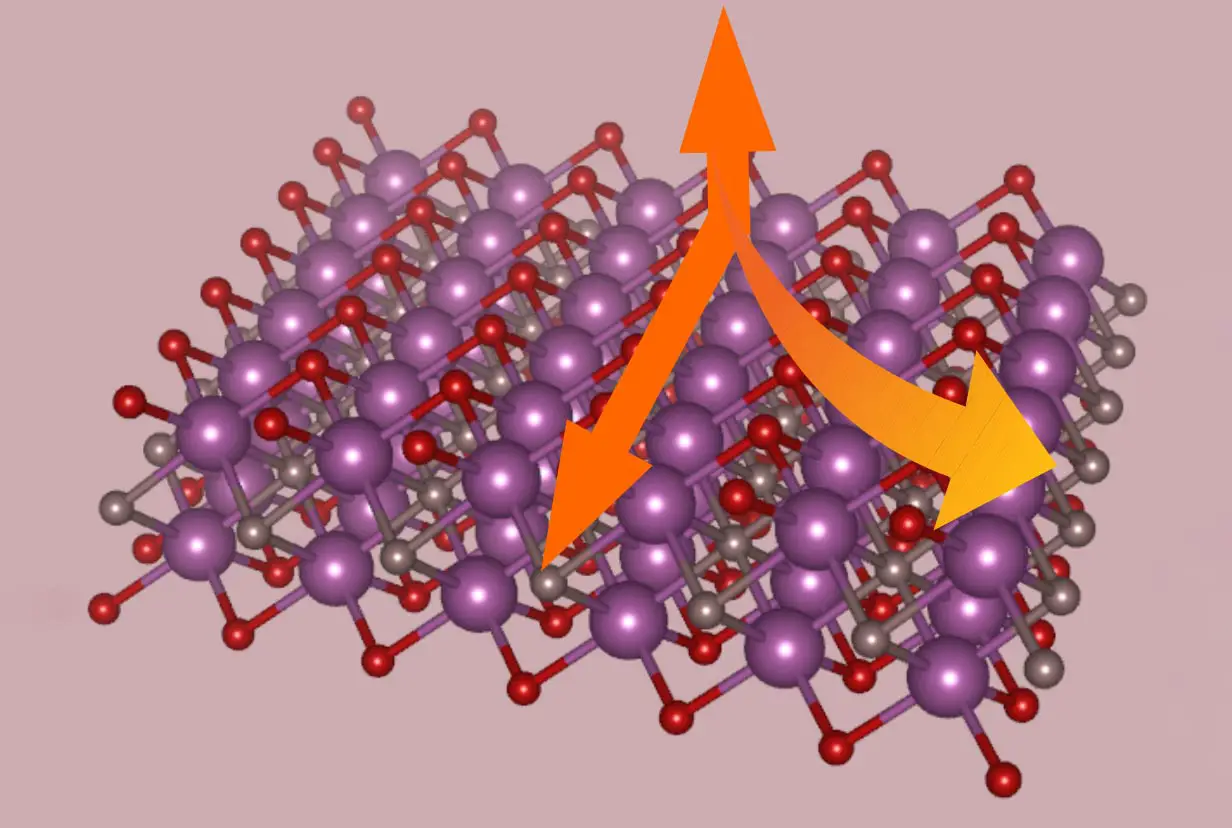The SLAC National Acceleration Laboratory created the most powerful X-ray laser.
Researchers are developing X-ray lasers because they offer new abilities for information, weapons, and material research. In communication tools X-ray lasers can use technology where the system sends highly accurate X-ray impulses to the two receivers. When the X-ray beam hits receiver A it gives a value of 1 (one). And when the X-ray beam hits receiver B the value could be zero (0).
That kind of system requires AI-based kernels. But X-ray systems can communicate through walls. And that radiation is very hard to capture. So X-ray lasers provide a new and secure communication tool and they also can be used in photonic computing. The problem is that there are no mirrors that can reflect X-rays, and that makes X-ray lasers hard to develop.
"The newly upgraded Linac Coherent Light Source (LCLS) X-ray free-electron laser (XFEL) at the Department of Energy’s SLAC National Accelerator Laboratory successfully produced its first X-rays. The upgrade, called LCLS-II, creates unparalleled capabilities that will usher in a new era in research with X-rays. Credit: Greg Stewart/SLAC National Accelerator Laboratory"(ScitechDaily.com/A New Era of Atomic Science: SLAC Fires Up the World’s Most Powerful X-Ray Laser)
"The linac is equipped with two world-class helium cryoplants. One of these cryoplants, built specifically for LCLS ( Linac Coherent Light Source)-II, cools helium gas from room temperature all the way down to its liquid phase at just a few degrees above absolute zero, providing the coolant for the accelerator. Credit: Greg Stewart/SLAC National Accelerator Laboratory" (ScitechDaily.com/A New Era of Atomic Science: SLAC Fires Up the World’s Most Powerful X-Ray Laser)
"Cutaway image of a cryomodule. Each large metal cylinder contains layers of insulation and cooling equipment, in addition to the cavities that will accelerate electrons. The cryomodules are fed liquid helium from an aboveground cooling plant. Microwaves reach the cryomodules through waveguides connected to a system of solid-state amplifiers. Credit: Greg Stewart/SLAC National Accelerator Laboratory" (ScitechDaily.com/A New Era of Atomic Science: SLAC Fires Up the World’s Most Powerful X-Ray Laser)
The most powerful X-ray laser is starting its actions. The system called Linac Coherent Light Source (LCLS) is the free-electron X-ray laser that can make coherent X-ray impulses. Those high-accurate impulses can be used to research atoms and make high-accurate R&D work with fundamental materials.
The system can send millions of X-ray flashes in seconds. And that makes it possible to use that system in X-ray-based rapatronic technology. In that technology, the X-ray system uses X-ray movie cameras for collecting data from objects. The X-ray movie cameras are the cameras that use X-ray films. And they can observe the material's development. The X-ray rapatronic camera is a rapatronic camera that was developed for research nuclear tests.
And in X-ray-based technology, those rapatronic cameras use X-ray films. Researching the internal structures of atoms and molecules requires very high-accurate X-ray impulses. The new X-ray lasers can be the most accurate systems that can follow the processes where crystals are forming. The thing is that there are many ways to create X-ray systems, and one of them is to use free electron lasers. The free electron lasers are particle accelerators where electrons travel meandering. Whenever an electron changes its direction it sends a photon.
The benefit of free-electron lasers is this: the system can adjust the wavelength of their radiation. It is also possible to use cathode tubes that send radiation emission into the X-ray beam that travels in the middle of the system. So the system looks like the LRAD. The problem with cathode-based, solid-state systems is that they do not have enough high accuracy for high-class scientific work. However, weapon applications can use those X-ray lasers.
https://scitechdaily.com/a-new-era-of-atomic-science-slac-fires-up-the-worlds-most-powerful-x-ray-laser/
https://en.wikipedia.org/wiki/Rapatronic_camera






